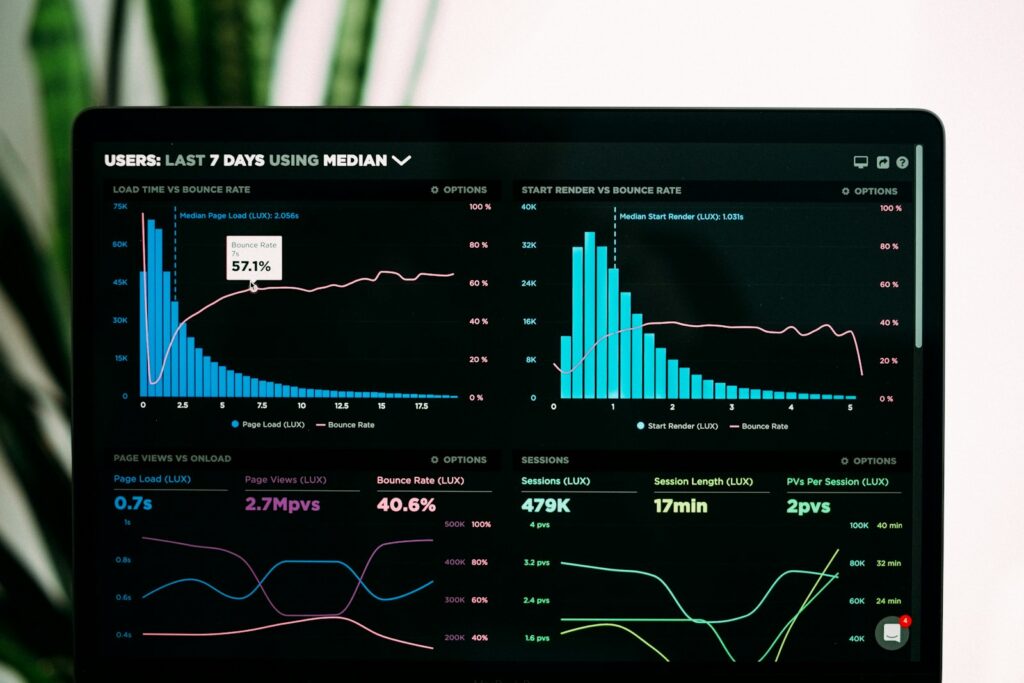In today’s digital landscape, app security is more critical than ever. With increasing cyber threats and data breaches, ensuring the security of your applications is paramount to protect user data and maintain trust. This comprehensive guide provides essential tips and best practices for developers to ensure app security from development through deployment and beyond.
1. Understand the Importance of App Security
a. Protecting User Data
Users trust applications with their sensitive data, and any breach can lead to severe consequences, including financial loss, identity theft, and damage to reputation. Ensuring robust security measures is essential to safeguard user information.
b. Regulatory Compliance
Various regulations, such as GDPR, CCPA, and HIPAA, mandate stringent security practices to protect user data. Non-compliance can result in hefty fines and legal actions, making it crucial for developers to adhere to these standards.
c. Maintaining Trust
A secure app builds user trust and confidence, leading to higher user retention and positive word-of-mouth. Security breaches, on the other hand, can erode trust and result in significant user attrition.
2. Implement Secure Coding Practices
a. Input Validation
Ensure all user inputs are validated to prevent common vulnerabilities such as SQL injection, cross-site scripting (XSS), and buffer overflows. Use whitelisting techniques and sanitize inputs to mitigate risks.
b. Code Reviews and Audits
Regularly conduct code reviews and security audits to identify and fix vulnerabilities. Automated tools can help detect issues early in the development cycle, but manual reviews are also essential for thorough analysis.
c. Secure Storage of Sensitive Data
Encrypt sensitive data both in transit and at rest. Use strong encryption standards and ensure that encryption keys are securely managed. Avoid hardcoding sensitive information in the source code.
3. Utilize Secure Authentication and Authorization
a. Strong Password Policies
Implement strong password policies requiring a combination of letters, numbers, and special characters. Encourage users to use unique passwords and enable multi-factor authentication (MFA) for an added layer of security.
b. Token-Based Authentication
Use token-based authentication mechanisms such as OAuth and JWT to manage user sessions securely. Ensure tokens are securely generated, stored, and validated to prevent unauthorized access.
c. Role-Based Access Control (RBAC)
Implement RBAC to restrict access to sensitive functionalities based on user roles. This minimizes the risk of unauthorized actions and ensures that users have access only to the resources they need.
4. Secure Data Transmission
a. Use HTTPS
Always use HTTPS to encrypt data transmitted between the client and server. Ensure that SSL/TLS certificates are properly configured and regularly updated to prevent man-in-the-middle attacks.
b. Secure APIs
APIs are often targeted by attackers, making it crucial to secure them. Implement authentication, authorization, and encryption for API communications. Use rate limiting and input validation to prevent abuse.
c. Avoid Sensitive Data Exposure
Minimize the exposure of sensitive data by only transmitting the necessary information. Use encryption and secure channels to protect data from interception and tampering.
5. Implement Robust Security Testing
a. Penetration Testing
Conduct regular penetration testing to identify and exploit potential vulnerabilities. This helps in understanding how an attacker could compromise the app and allows developers to fix issues before they are exploited.
b. Vulnerability Scanning
Use automated vulnerability scanning tools to identify common security flaws. Regular scans help in maintaining a secure codebase by detecting new vulnerabilities introduced during development.
c. Threat Modeling
Perform threat modeling to anticipate potential attack vectors and design the app to mitigate these threats. This proactive approach helps in building security into the app from the ground up.
6. Educate and Train Your Team
a. Security Awareness Training
Provide regular security training for your development team to keep them updated on the latest threats and best practices. A well-informed team is better equipped to write secure code and respond to security incidents.
b. Secure Development Lifecycle (SDL)
Incorporate security into every phase of the development lifecycle. From design to deployment, ensure that security considerations are a priority and part of the development process.
c. Encourage a Security-First Culture
Foster a culture where security is everyone’s responsibility. Encourage developers to prioritize security in their tasks and reward proactive measures that enhance the app’s security posture.
Conclusion
Ensuring app security is a continuous process that requires vigilance, commitment, and a proactive approach. By implementing secure coding practices, utilizing robust authentication and authorization mechanisms, securing data transmission, and conducting thorough security testing, developers can significantly reduce the risk of security breaches.
Educating and training your team, fostering a security-first culture, and staying updated with the latest security trends and threats are essential to maintaining a secure app. Remember, in the digital age, security is not just a feature – it’s a necessity. Prioritize app security to protect your users, comply with regulations, and build trust that drives long-term success.
Also read



